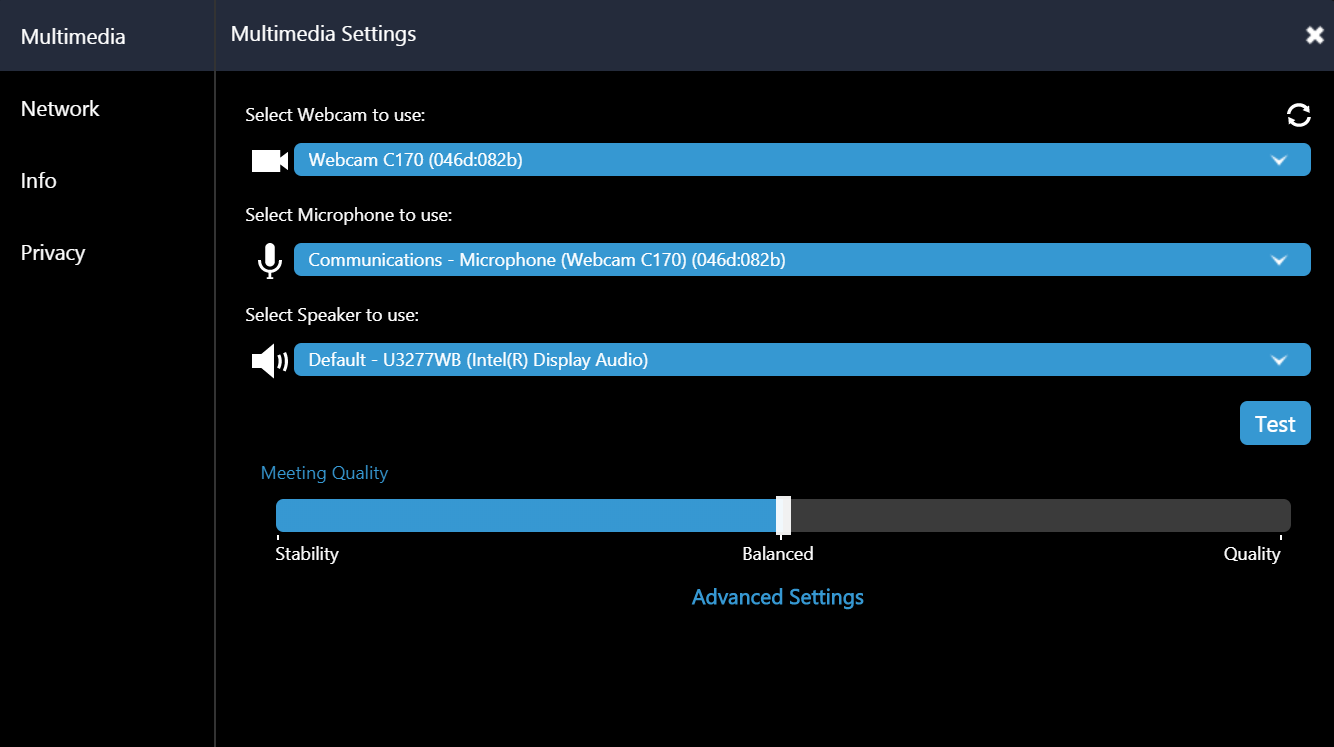3CX Meeting Update – Improving Moderation, Solving Bandwidth Congestion

Posted on June 17th, 2020 by Leonidas Georgiou, Product Manager, 3CX
We wanted to give you a quick update on our progress since publishing our 3CX WebMeeting roadmap. Our development team has certainly wasted no time and we are pleased that everything is moving along smoothly. Our focus has been on solving the issue of bandwidth congestion, especially for large meetings, as well as giving more control to moderators.
The WebMeeting iOS and Android Apps
We recently updated the WebMeeting apps for iOS & Android and re-introduced the ability to view shared screen content on both apps. iOS users are also able to set their own guest names.
Up next we will be working on a feature to view shared PDFs during a meeting, while continuously working on attaining feature parity between Android and iOS customers.
Take a look at the capabilities of WebMeeting on different apps and browsers/OS here.
It’s all about Bandwidth

Our main focus has been the system’s core. The most important update being the simplification of bandwidth management – users are no longer required to adjust the bandwidth themselves. The meeting organizer (and co-hosts) are now in control of all settings, making the whole experience much smoother for guests. Moderators can also use easily accessible functions to mute/unmute participants directly from their video frame and audio indicator.
3CX Meeting uses a unique implementation (on top of the WebRTC standard) to deal with bandwidth congestion and user limitations. We’ve added a Meeting Stability & Quality slider (seen above) to determine the bandwidth of the meeting. 3CX Meeting automatically manages users’ bandwidth proportion based on their tile size inside of the meeting, and automatically allocates each participant’s bandwidth, based on their network conditions.
Adopting the same logic, we’ve improved the view for screen-sharing, whiteboard and polling. When sharing content, the presenter is brought to focus, automatically reducing all participants’ bandwidth, in order to make space for the shared content. Additionally, shared screens now use a restricted amount of users’ bandwidth and computing power to deliver content.
We also changed the way shared documents are delivered during a meeting. By storing the data closer to customers, we are able to deliver files much faster than before.
